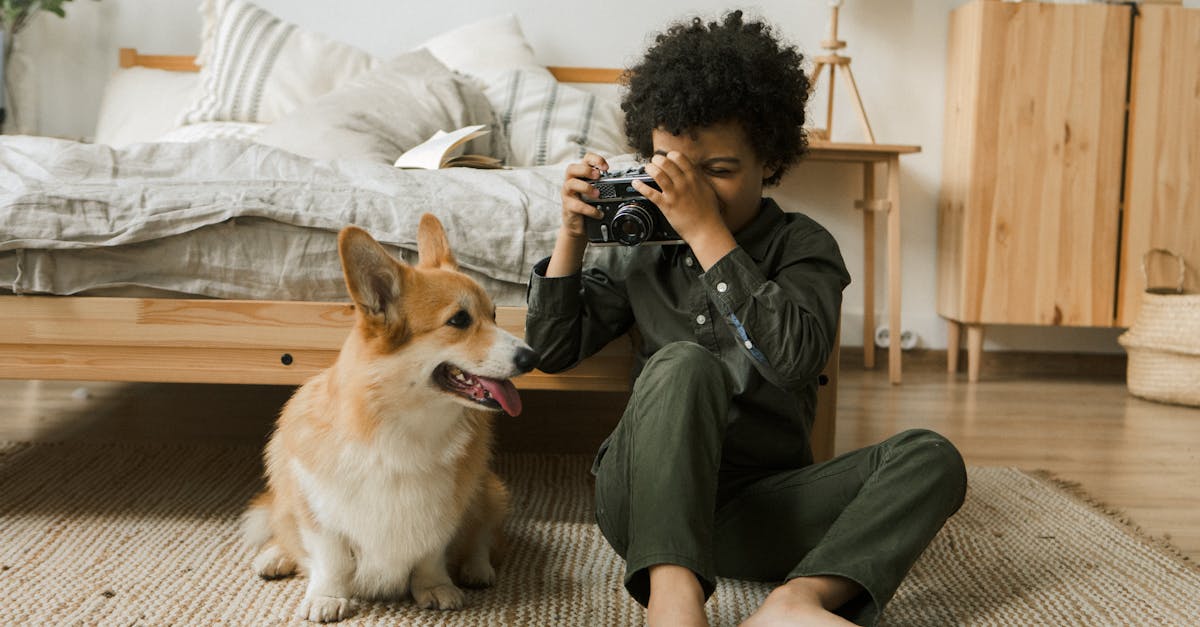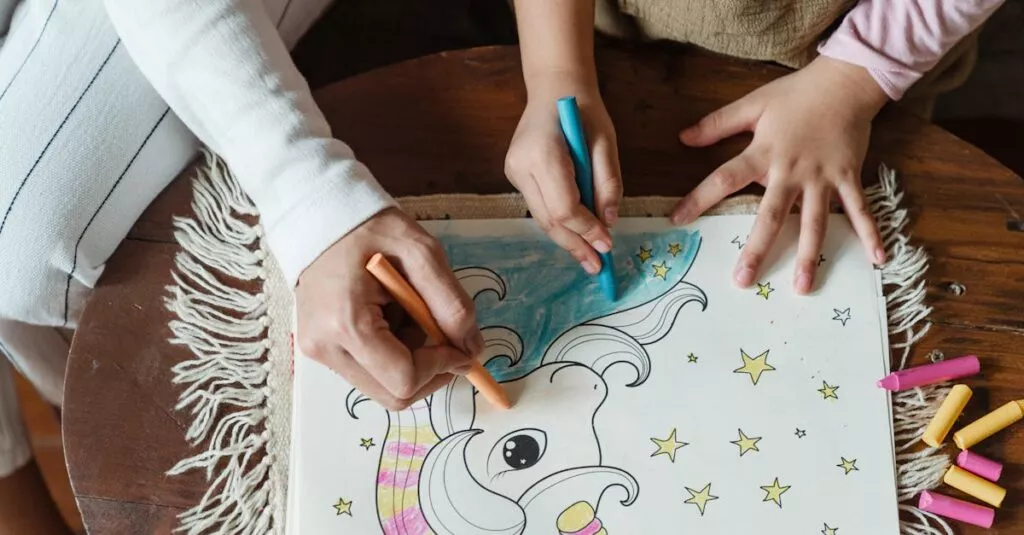Start Small: Use Simple Bible Stories
Teaching pre-schoolers about contentment can be simple. Start with Bible stories they can understand. For example, share the story of David and Goliath to illustrate bravery and faith. Show how David trusted God despite being small. Storytelling helps kids grasp these lessons better.
Reinforce the stories with questions to spark thinking. Why was David happy with what he had? This prepares them to learn contentment in a fun, engaging way.

Turn Bible Verses Into Fun Activities
Bible verses can be turned into games or crafts. For example, use Philippians 4:11 – “I have learned to be content…”. Create coloring pages with this verse or make a gratitude jar. Encourage your child to fill it with drawings of things they are thankful for. This makes learning interactive and joyful, embedding the lessons in their hearts. Keeping activities varied and involving ensures they stay excited and learn effectively.

Find creative ways to engage with Bible verses and make learning fun for kids.
Prayer Time: A Moment of Gratitude
Incorporating prayer time to express gratitude is essential. Teach your child to thank God for daily blessings. Use simple prayers and make them routine. Each night, ask them what they are grateful for, helping them focus on positive aspects of their day. This habit promotes a grateful heart, foundational to contentment. Reinforce prayer with songs or lullabies that emphasize thanksgiving.

Summary:
- Incorporate prayer time in daily routine
- Teach gratitude to children through prayers
- Encourage positive reflection before bedtime
- Use music to enhance the prayer experience
Lead by Example: Show Contentment Daily
Being a role model is crucial. Kids learn from what they see. Demonstrate contentment by showing appreciation for what you have. Instead of longing for more, express gratitude for your blessings. Share with your child how you are happy with simple joys. Narrate instances where you found happiness in small things. This consistent behavior teaches them real-life application.

Key Points:
- Role modeling is essential for kids to learn.
- Show gratitude for what you have.
- Teach the value of finding joy in simple things.
Create Visual Reminders with Your Child
Create visual reminders around your home. Use cheerful posters with Bible verses like Hebrews 13:5 – “Be content with what you have.” Get your child involved in creating these posters, making them invested in the message. Place these reminders in their room or common areas to keep the teaching alive. Visual cues help reinforce thoughts, making the lesson of contentment a constant in their environment.

Celebrate Progress and Encourage Sharing
Acknowledge each step your child takes toward learning contentment. Celebrate their progress, no matter how small. Encourage them to share their toys and time. Share stories of their good deeds with family members, reinforcing their behavior. Appreciate and reward their efforts to make the lesson stick. This positive reinforcement nurtures their ability to find joy in what they have and in giving to others.

